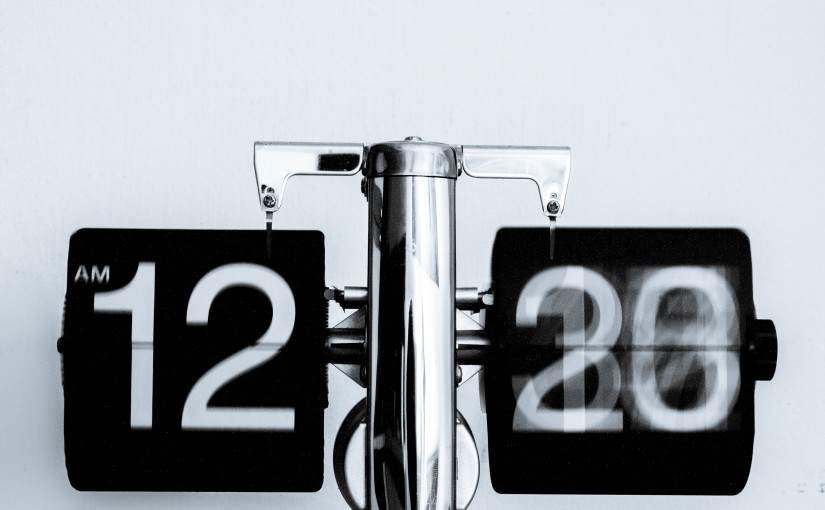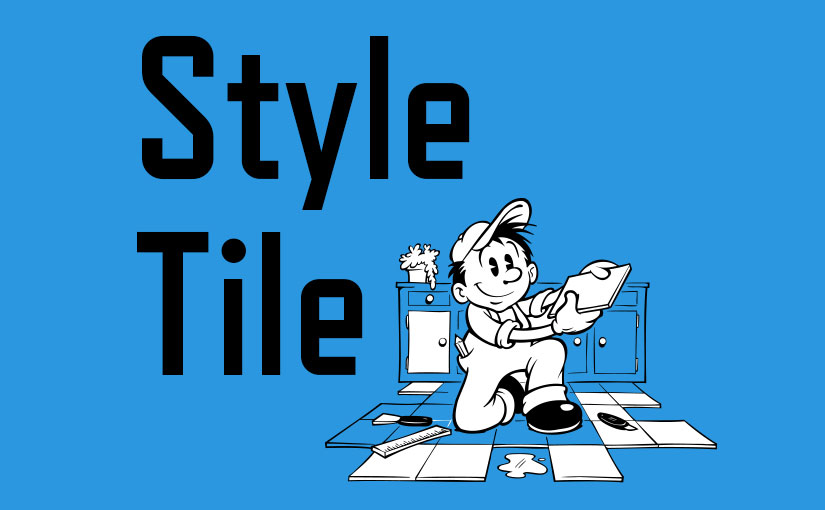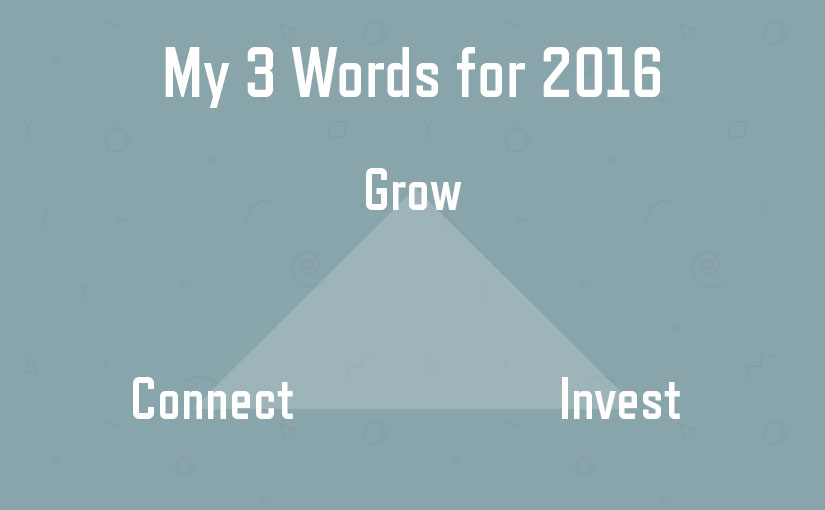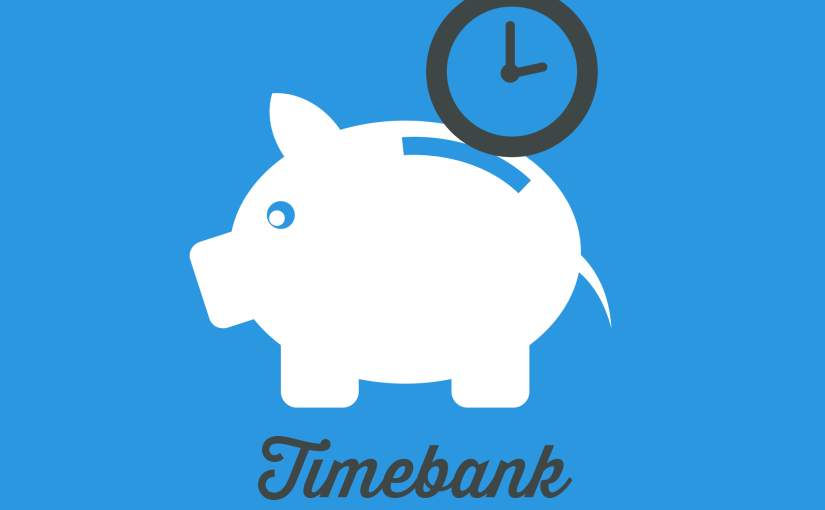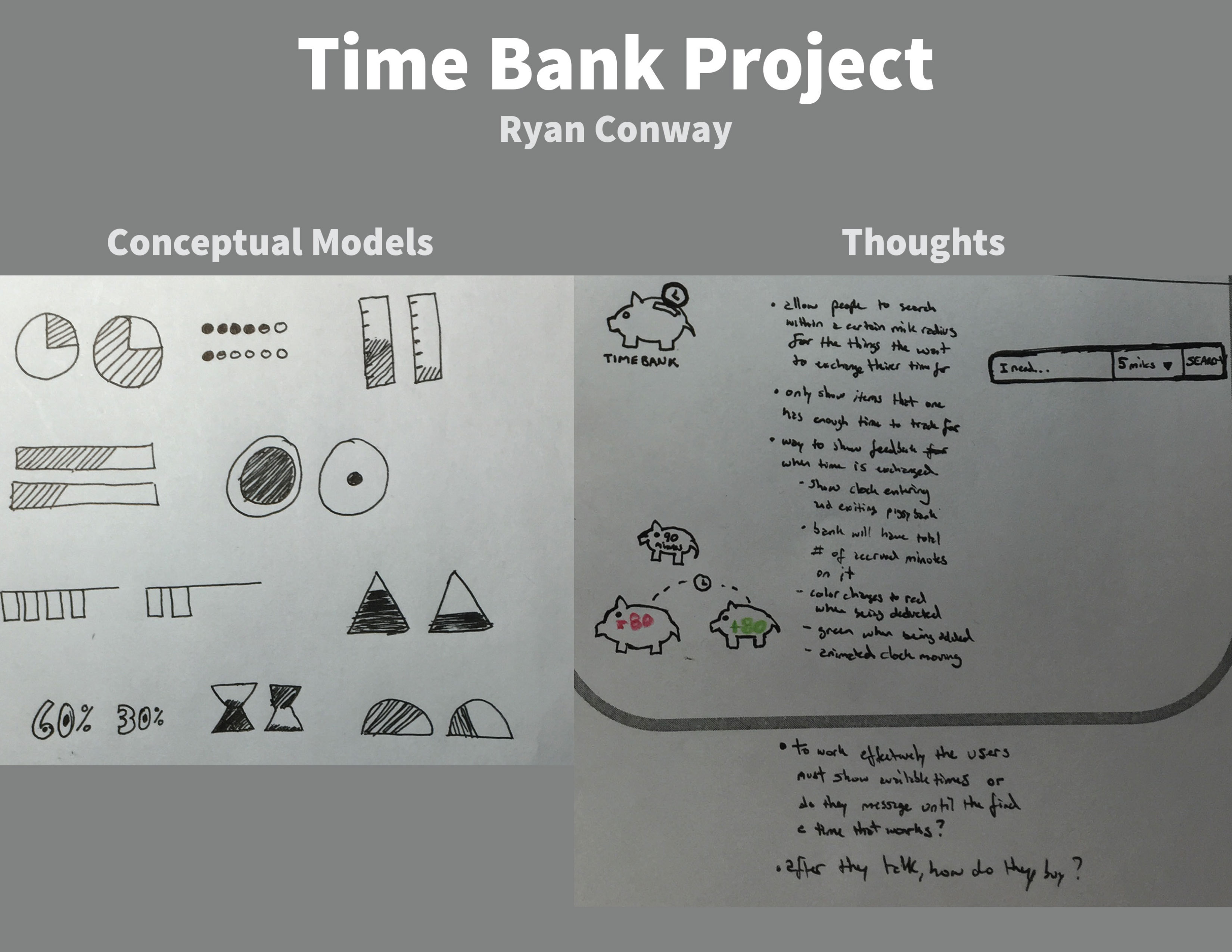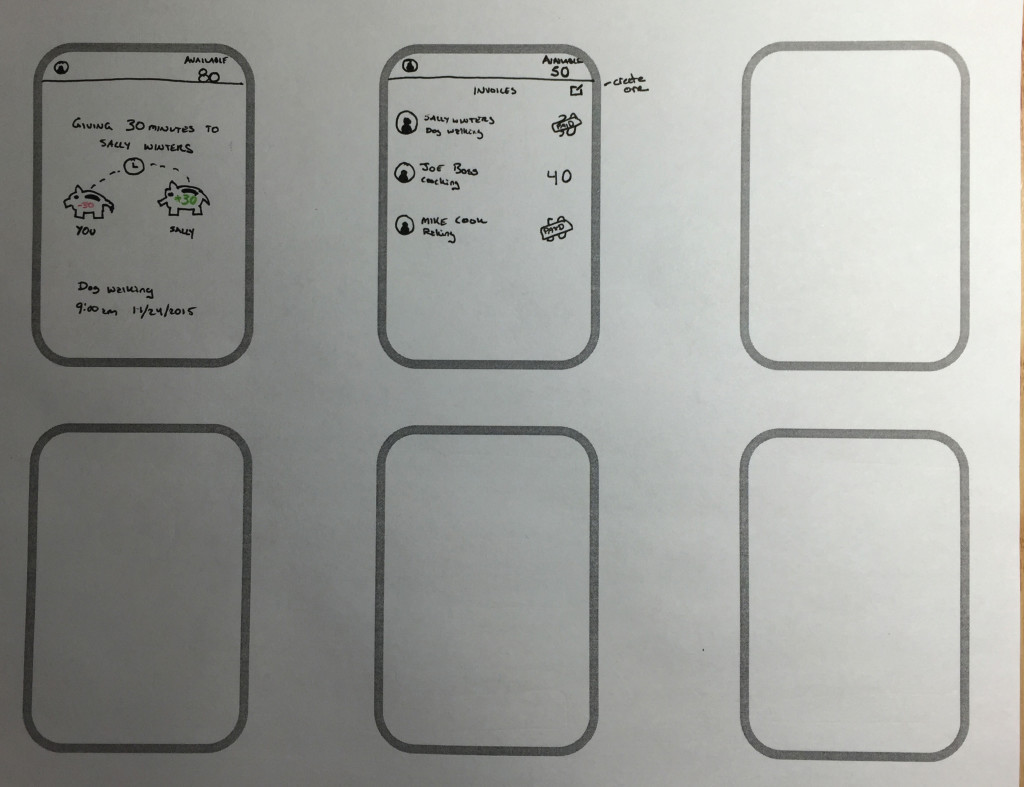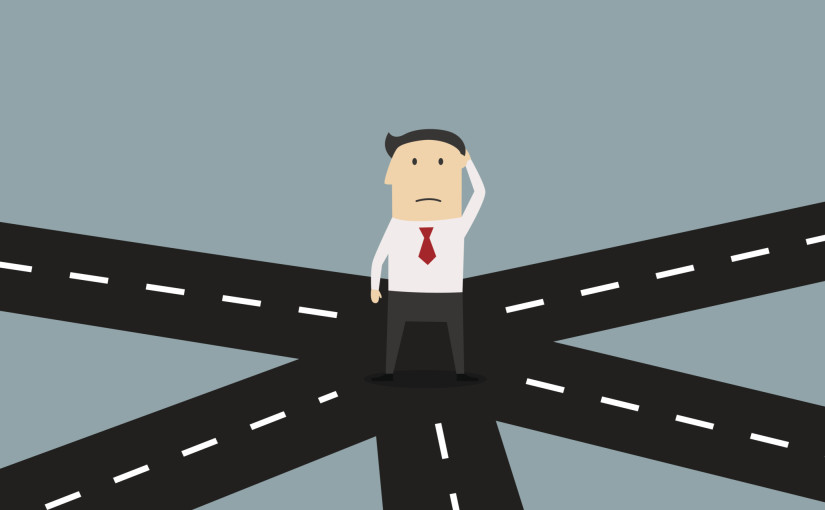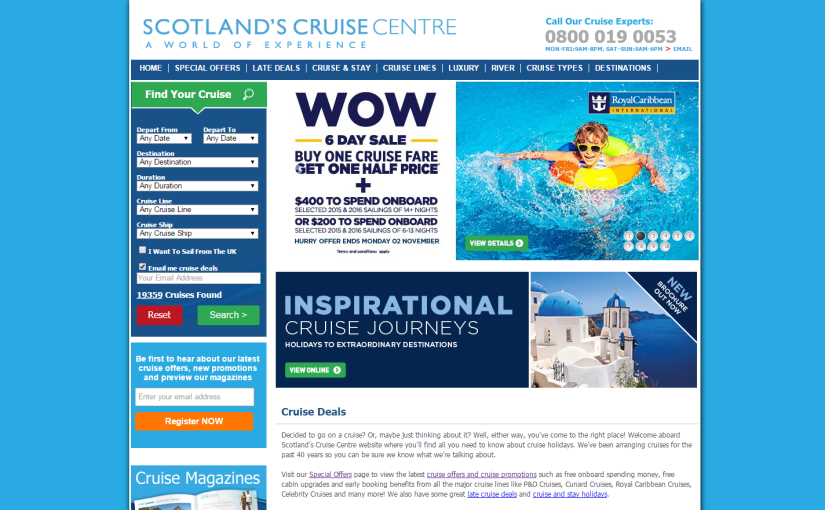In an effort to end procrastination, a word I am starting to eliminate from my vocabulary, I realized I need to understand where I am spending my time. Where is my time actually going?
I made a spreadsheet, that allows you to track how many hours you spend a week doing a certain activity. There are only 168 hours in a week, so where are you spending your time?
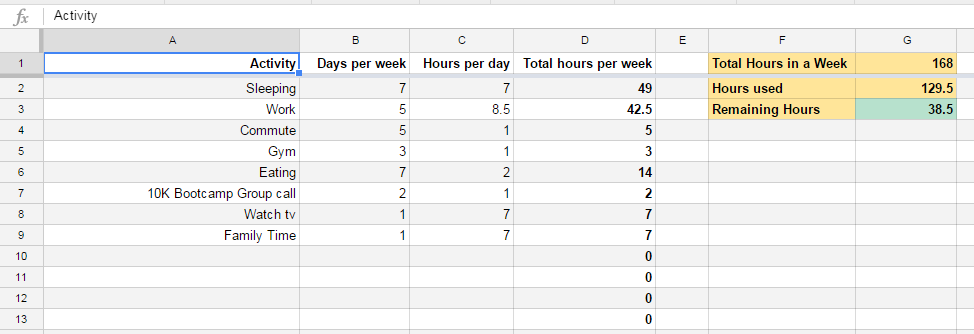
The spreadsheet should be pretty self-explanatory, the available hours are on the right (and green), when you run out of hours it will turn red. Fill it in and make it your own. Try to get every hour accounted for. To use it, just go to file > make a copy.
This should be used in conjunction with the weekly planner.
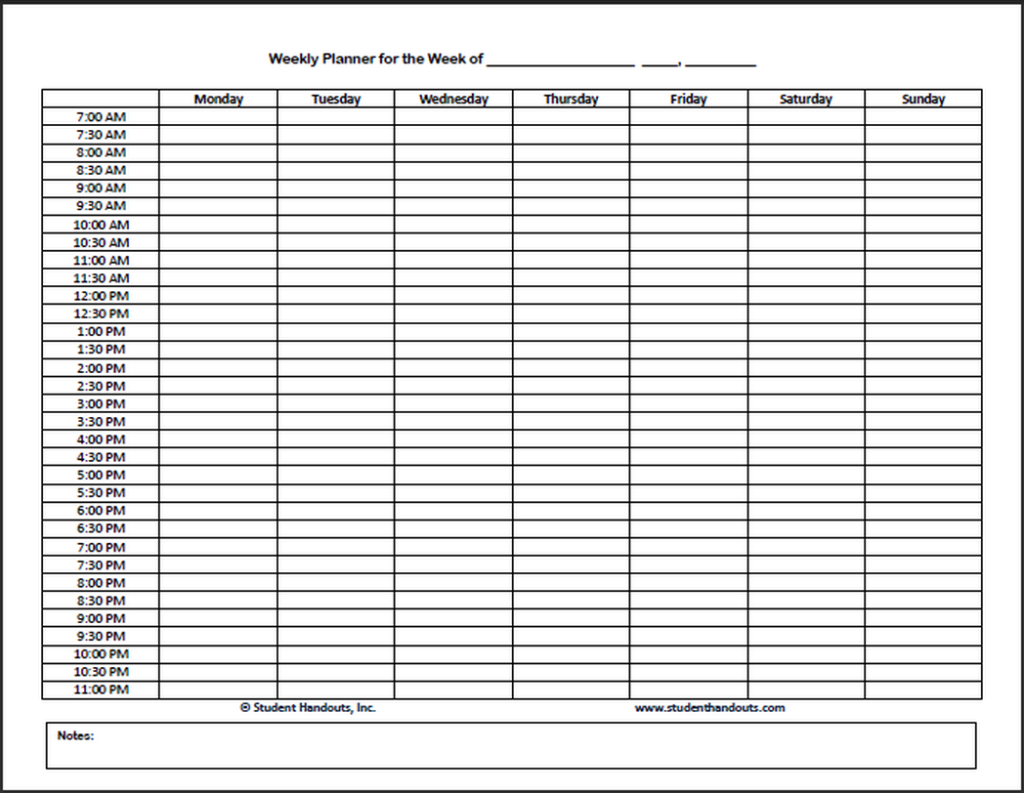
After you figure out where you are spending your time, plot it out on the weekly planner. Download it and print a few copies. Fill it in, make it messy, and play with it until you find something that works for you. I understand every week will be different, but if you could make your ideal week, what would it look like?
There are only 168 hours in a week, so where are you spending your time?
